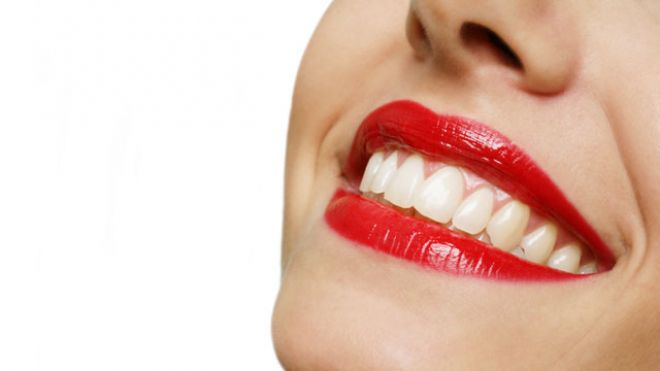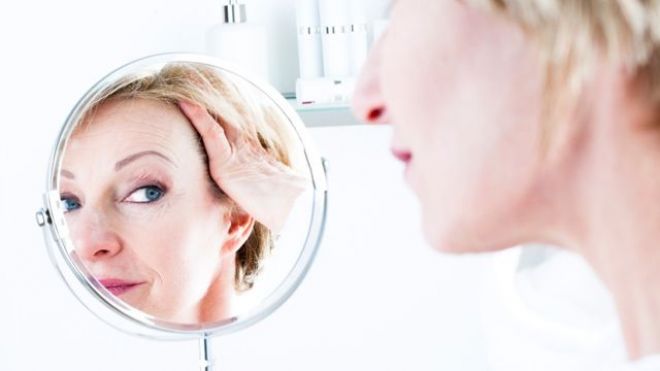
Soda, we’ve long been told, is bad for us. Various studies have linked significant soda consumption with alarming health concerns, such as an increased risk of having a stroke, getting certain cancers, and being one of the main causes for this country’s obesity epidemic. Yet countless people around the world consume soda on a near-daily basis, often multiple times a day. It seems as much an addiction as anything else, only perfectly legal, freely available, and comparatively cheap. Its most recent bout of bad press indicated that regular diet soda consumption does as much damage to the teeth as years of smoking crystal meth or crack cocaine. Though it is free of sugar, diet soda is highly acidic, and acid wears away at teeth’s protective enamel layer, leaving your pearly whites more prone to cavities, cracks or discoloration.   The case study comparing soda drinking to hard drug use only used three test subjects, and the results were not terribly conclusive.  However, it raises the question of how what we eat or drink affects our teeth; how the health of our teeth affects the rest of the body; and the most natural options for oral hygiene care. As your dentist (and mom) probably always told you, sugary, starchy foods and beverages cause tooth decay. This covers a large part of the food spectrum that is unhealthy in other ways, too. Sugary, starchy foods and beverages can lead to weight gain, diabetes and heart disease. Fill your mouth and your tummy with calcium-rich foods like organic dark leafy greens, yogurt, or soybeans.  Studies have shown that calcium re-mineralizes damaged teeth, as does phosphorous. You can find the latter in broccoli, garlic, nuts and beans. Coincidentally, all of these foods are great for the rest of your body, providing hefty amounts of vitamins, probiotics and antioxidants that fight and prevent disease. Poor oral hygiene affects the rest of your body as well, as bacterial infections generated in the mouth can spread to other parts of your body, like your heart. According to the Mayo Clinic, research also suggests that heart disease, clogged arteries and stroke might be linked to inflammation caused by oral bacteria. Additionally, people who have gum disease appear to have a harder time controlling their blood sugar levels, which can lead to diabetes. Those looking to take control of their teeth can try implementing a holistic approach to oral care. Natural health expert Dr. Joseph Mercola recommends a wholesome diet of unprocessed, low-sugar, organic foods to start. As for toothpaste, there has long been a debate over the safety and efficacy of fluoride, a chemical added to toothpaste, mouthwash, and floss to strengthen teeth and prevent cavities.  It is often added to city and community water supplies for the same purpose. But even the U.S. Environmental Protection Agency notes that excessive exposure to fluoride may increase the likelihood of bone fracture in adults or cause “pits” to develop in the tooth enamel of children.  If you’re concerned about fluoride’s possible health implications, opt for fluoride-free toothpaste or those with the cavity-fighter xylitol, which are easier than ever to locate.  Many types of toothpaste also contain chemical sweeteners like sorbitol and saccharin; look for those made instead with natural sugar substitutes like stevia or xylitol. We spend so much time and energy thinking about the health of our hearts, lungs, brains, bones and other more obvious body parts. Spend a little more time thinking about your teeth, and chances are you’ll feel better everywhere else, too. Note: Information provided herein is not intended to treat or diagnose any health condition. As always, consult your health care provider with any questions or health concerns.Deirdre Imus, Founder of the site devoted to environmental health, dienviro.org, is President and Founder of The Deirdre Imus Environmental Health Center™ at Hackensack & University Medical Center and Co-Founder/Co-Director of the Imus Cattle Ranch for Kids with Cancer. She is a New York Times best-selling author and a frequent contributor to FoxNewsHealth.com, and Fox Business Channel. Check out her website at dienviro.org. 'Like' her Facebook page& here.source : http://www.foxnews.com/health/2013/06/10/swap-out-soda-to-take-control-your-teeth/




